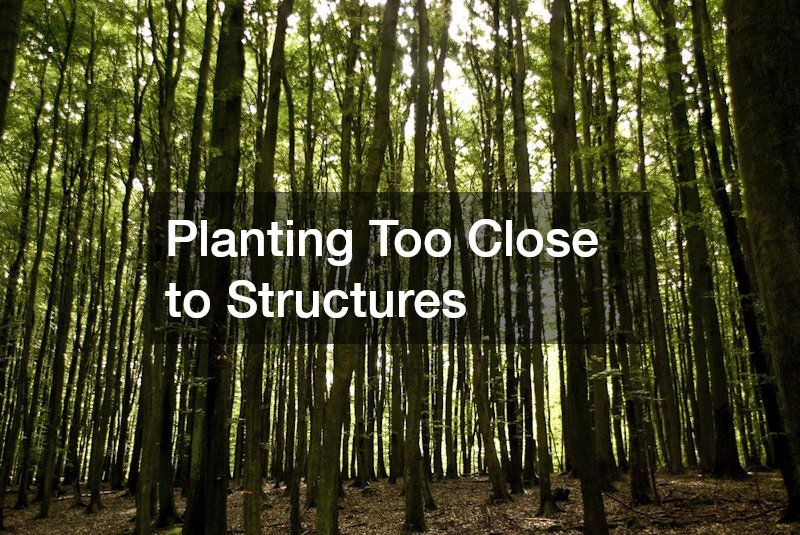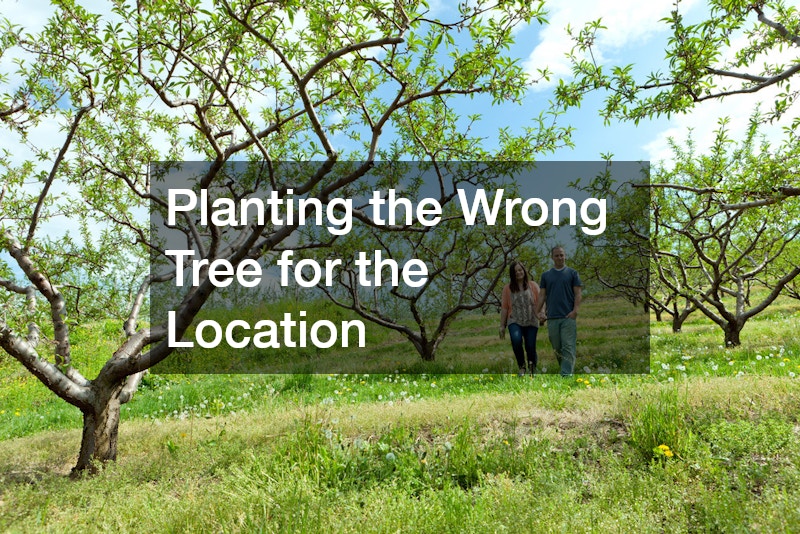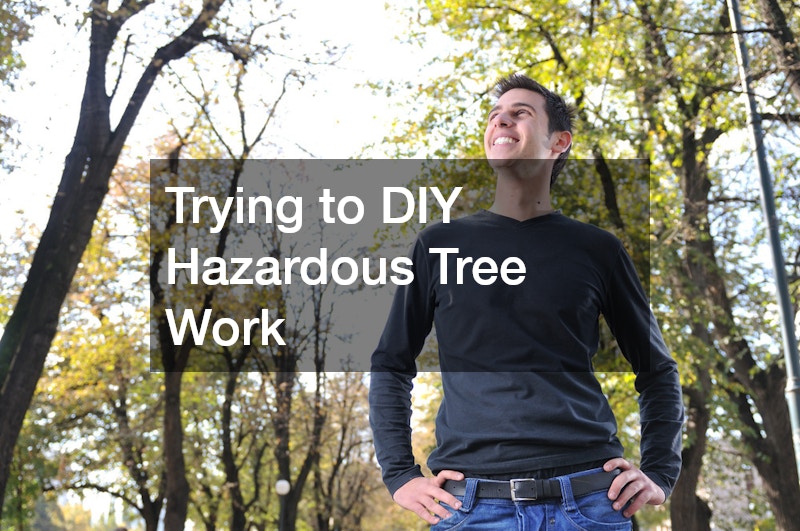Trees are a vital part of any property’s landscape, providing shade, beauty, and even increasing property value. But without proper care, they can also become liabilities. While most homeowners have good intentions when it comes to managing their trees, many make common mistakes that lead to long-term damage, safety hazards, or costly tree removals. Whether it’s choosing the wrong species for a space, mishandling pruning, or skipping routine maintenance, simple missteps can have lasting effects on the health and safety of your trees.
Understanding what not to do is just as important as knowing what to do. From improper tree cutting techniques to ignoring early warning signs of disease, many issues can be avoided with the right knowledge and professional help. Using expert treatment for trees and working with local arborists or emergency tree services can save homeowners time, money, and stress down the line.
In this guide, we’ll walk you through the top 10 mistakes homeowners often make with their trees—and what to do instead. Whether you’re planting new saplings, trying to manage mature trees, or dealing with the aftermath of a storm, avoiding these pitfalls will help keep your trees healthy and your property safe. Let’s dig in.
1. Planting Too Close to Structures

One of the most frequent mistakes is planting trees too close to the house, fences, or driveways. Trees may start small, but they grow—both above and below ground. Roots can lift sidewalks, damage foundations, and interfere with plumbing, while overhanging branches can cause property damage during storms. Strategic tree cutting and proper planning can prevent these problems before they begin. If a tree is already too close, consult a professional for treatment for trees that protects both your tree and your property.
It’s also important to consider access for future maintenance. Trees that grow too close to buildings may be hard to prune or inspect safely, which can lead to neglected limbs or undetected decay. This not only increases the risk of damage during severe weather but can also result in costly tree cutting or emergency interventions down the line. Maintaining adequate spacing from the outset makes ongoing care easier and more affordable.
In addition, certain species have aggressive root systems that search for moisture, often invading sewer lines or weakening paved areas. These hidden problems may not appear until years later, when the damage is extensive and the cost of repair is high. Before planting, it’s wise to talk with a local arborist or tree company to choose species that are suitable for your space and to explore preventative treatment for trees that keep roots healthy but under control.
2. Ignoring Professional Advice
While it might be tempting to handle everything yourself, trees are living systems that require expert understanding. Ignoring the insights of qualified arborists can lead to misdiagnoses, improper pruning, or even dangerous tree failures. Whether you’re planning tree removals or trying to save a declining tree, professional assessments and treatment for trees are worth the investment.
3. Over-Pruning or Topping
Aggressively cutting back large sections of a tree—or topping it altogether—can cause irreversible harm. Not only does this weaken the structure of the tree, but it also opens the door to pests and disease. A trusted tree removal company can help assess whether a tree actually needs major pruning or if it’s better to explore professional treatment for trees to support healthier growth patterns.
4. Neglecting Regular Maintenance

Just like your roof or gutters, trees need periodic care. Skipping yearly inspections or trimming dead branches can lead to weakened trees or hidden hazards. Reliable local tree services can help maintain tree health, catch early signs of decline, and recommend appropriate treatment for trees before problems get out of control.
5. Using Mulch Incorrectly
Mulch is fantastic for tree health—but only when used properly. “Volcano mulching,” where mulch is piled against the trunk, can suffocate roots and promote decay. Proper application involves spreading mulch in a donut shape, keeping it away from the base. Skilled tree pruning services often offer advice or maintenance packages that include safe mulching and treatment for trees to promote growth and disease resistance.
6. Damaging Roots During Landscaping
Renovating your yard? Be cautious. Digging, grading, or heavy equipment use near trees can cut or crush roots, leading to long-term health issues or even tree death. If you’re unsure how close is too close, contact a local tree removal service before starting. They can evaluate root zones and suggest the best treatment for trees to reduce stress or damage from nearby construction.
7. Planting the Wrong Tree for the Location

Not every tree is a good fit for every yard. Some species are too large for urban blocks, others attract pests or require more water than your soil can provide. Working with a reputable tree company can help you select species suited to your location, climate, and soil. They can also provide the right treatment for trees as they mature to encourage healthy development.
8. Delaying the Removal of Dangerous Trees
Trees that are leaning, have large dead branches, or show signs of decay should be evaluated right away. Delaying action can lead to falling limbs or worse—entire tree failures. Tree removal contractors can inspect your trees for safety risks and either remove them safely or apply treatment for trees if the damage can still be managed.
9. Failing to Water Young Trees
Established trees may not need regular watering, but young trees definitely do—especially during dry periods. Without proper hydration in their first few years, they struggle to develop strong roots and often die prematurely. Professional tree trimming services can also assist with shaping young trees while guiding you on watering routines and effective treatment for trees.
10. Trying to DIY Hazardous Tree Work

Tree trimming and removal are high-risk jobs. Homeowners attempting to do this without proper training or equipment often get injured—or make the problem worse. Whether you need a full removal or storm clean-up, always rely on emergency tree services that have the tools, training, and experience to handle the job safely. They also offer expert treatment for trees to restore those that can be saved.
Caring for your trees isn’t just about aesthetics—it’s about safety, longevity, and the overall value of your property. From avoiding poor planting decisions to seeking the right kind of professional help, steering clear of these common mistakes can make a world of difference. Trees are long-term investments. If they’re treated well from the start and maintained regularly, they’ll reward you with decades of shade, beauty, and even energy savings.
By partnering with skilled tree removal contractors, local tree services, or a qualified tree company, you’ll gain peace of mind that your trees are receiving the best care possible. And when it comes to issues like improper pruning, risky removals, or urgent storm damage, calling in emergency tree services is always the smarter, safer move.
Whether you’re dealing with a newly planted sapling or a century-old gum tree, professional treatment for trees can help preserve health, manage growth, and extend lifespan. Don’t let small missteps turn into major expenses—take control of your tree care and invest in the right expertise today.
